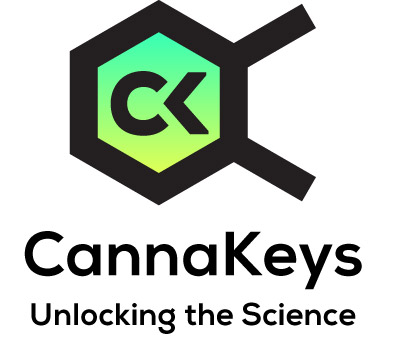AM-x Synthetic Cannabinoids Research Dashboard
What am I missing as a non-subscriber?
To see a full dashboard with study details and filtering, go to our DEMO page.
As a subscriber, you will be able to access dashboard insights including chemotype overviews and dosing summaries for medical conditions and organ system and receptor breakdowns for cannabinoid and terpene searches. Study lists present important guidance including dosing and chemotype information with the ability to drill down to the published material. And all outputs are fully filterable, to help find just the information you need. Stay up-to-date with the science of cannabis and the endocannabinoid system with CannaKeys.
CannaKeys has 287 studies associated with AM-x Synthetic Cannabinoids.
Here is a small sampling of AM-x Synthetic Cannabinoids studies by title:
- Cannabinoid Receptor 2 Blockade Prevents Anti-Depressive-like Effect of Cannabidiol Acid Methyl Ester in Female WKY Rats
- Endocannabinoid System and Exogenous Cannabinoids in Depression and Anxiety: A Review
- Characterization of the Antitumor Potential of Extracts of Cannabis sativa Strains with High CBD Content in Human Neuroblastoma
- Involvement of cannabinoid receptors and neuroinflammation in early sepsis: Implications for posttraumatic stress disorder
- Exploring the therapeutic potential of an antinociceptive and anti-inflammatory peptide from wasp venom
Components of the AM-x Synthetic Cannabinoids Research Dashboard
- Top medical conditions associated with AM-x Synthetic Cannabinoids
- Proven effects in clinical trials for AM-x Synthetic Cannabinoids
- Receptors associated with AM-x Synthetic Cannabinoids
- Individual study details for AM-x Synthetic Cannabinoids
Ready to become a subscriber? Go to our PRICING page.
Page Quick Links
Select New Cannabinoid
Overview - AM-x Synthetic Cannabinoids
Description of AM-x Synthetic Cannabinoids
The AM class of synthetic cannabinoids were largely developed, characterized, and subsequently named after Alexandros Makriyannis, a professor of biochemistry at Northeastern University in Boston.
The AM family of cannabinoids consists of over 40 individual members that produce diverse and varying effects via modulating various components of the ECS. Some members are also analogues with compound classified under a different heading such as for example AM-678 aka as JWH-018.
Here we focus on AM-251.
Other examples you will find in the primary study listings include is AM281 (CB1 antagonist), AM-404, AM-630 (CB2 antagonist), AM-1241 (CB2 agonist), AM-1248, AM-4113 (CB1 antagonist), AM-7410 (CB1 agonist), AM-5206 (FAAH inhibitor)
Other Names:
AM Family Synthetic CannabinoidsAM-251
Molecular Formula: C22H21Cl2IN4O
IUPAC Name: 1-(2,4-dichlorophenyl)-5-(4-iodophenyl)-4-methyl-N-piperidin-1-ylpyrazole-3-carboxamide
Source–PubChem
AM-x Synthetic Cannabinoids Properties and Effects
Only Members can view Properties and Effects information. See DEMO page.
AM-x Synthetic Cannabinoids Receptor Binding
Only Members can view Receptor Binding information. See DEMO page.
Disclaimer
Information on this site is provided for informational purposes only and is not meant to substitute for the advice provided by your own licensed physician or other medical professional. You
should not use the information contained herein for diagnosing or treating a health problem or disease. If using a product, you should read carefully all product packaging. If you have or suspect that you have a
medical problem, promptly contact your health care provider.
Information on this site is based on scientific studies (human, animal, or in vitro), clinical experience, or traditional usage as cited in each article. The results reported may not necessarily occur in all individuals. For many of the conditions discussed, treatment with prescription or over-the-counter medication is also available. Consult your physician, nutritionally oriented health care practitioner, and/or pharmacist for any health problem and before using any supplements or before making any changes in prescribed medications.

